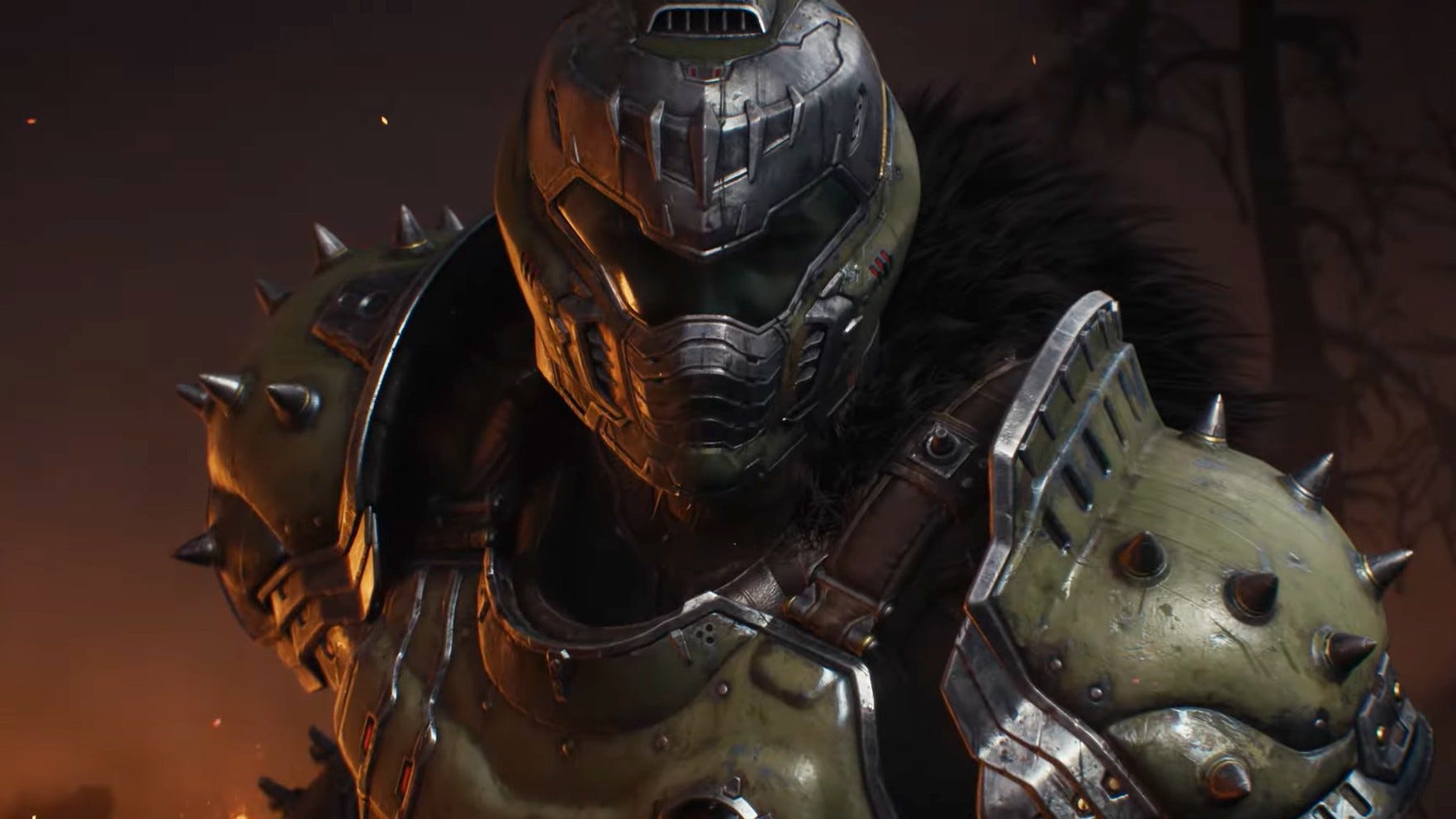Unraveling The Mysteries Of The Da Vinci Code

Table of Contents
The Symbology and Secret Societies of The Da Vinci Code
The Da Vinci Code is richly layered with symbolism, drawing heavily on esoteric traditions and historical (or purported historical) secret societies. Understanding this symbology is crucial to grasping the novel's central mystery. Key symbols include the Holy Grail, the Priory of Sion, and the Rosy Cross, each imbued with layers of meaning and interpretation.
- The Priory of Sion: The novel portrays the Priory of Sion as a powerful secret society guarding a centuries-old secret about Jesus Christ and Mary Magdalene. However, the historical existence and activities of the Priory of Sion, as depicted in the book, are highly debated and largely considered fictional constructs. While a real Priory of Sion existed, its historical significance is far less dramatic than Brown’s portrayal.
- The Holy Grail: The interpretation of the Holy Grail is central to the narrative. The novel departs from traditional Christian interpretations, suggesting the Grail is not a physical chalice but rather a symbolic representation of Mary Magdalene and her lineage. This reimagining sparks debate between religious and historical perspectives.
- The Rosy Cross: This alchemical and esoteric symbol adds to the book's mystical atmosphere, connecting the narrative to broader themes of hidden knowledge and secret societies. Its inclusion enhances the novel’s air of mystery and intrigue.
These Da Vinci Code symbols, including the Priory of Sion, Holy Grail, and Rosy Cross, contribute significantly to the book’s captivating and controversial nature, prompting readers to investigate secret societies and their alleged influence throughout history.
Historical Accuracy and Fictional Interpretations in The Da Vinci Code
The historical accuracy of The Da Vinci Code is a major point of contention. While Dan Brown incorporates real historical figures and events, such as Leonardo da Vinci and Mary Magdalene, he takes considerable artistic license in interpreting them.
- Leonardo da Vinci: The novel utilizes Da Vinci's art and life as a backdrop for its narrative, weaving fictional elements into historical fact. While Da Vinci's genius is undeniable, the novel’s depiction of his personal beliefs and secret affiliations are largely speculative.
- Mary Magdalene: Brown’s portrayal of Mary Magdalene as Jesus Christ's wife and the progenitor of a bloodline that continues to this day is heavily contested by religious scholars and historians. There’s limited historical evidence supporting this claim.
- Artistic License: Dan Brown masterfully blends fact and fiction, creating a compelling narrative that, while engaging, is not always historically accurate. This blending of historical details and fictional interpretations fuels much of the ongoing debate surrounding The Da Vinci Code.
The balance between historical fact and fiction in The Da Vinci Code is a key factor in its appeal and controversy, highlighting the complexities of interpreting historical events and figures. It's crucial to approach the book's historical claims with critical analysis.
The Religious and Philosophical Implications of The Da Vinci Code
The Da Vinci Code profoundly impacted religious discourse, raising questions about faith, spirituality, and the interpretation of biblical texts. Its portrayal of the Catholic Church and its historical practices is particularly provocative.
- The Catholic Church: The novel depicts the Catholic Church as actively suppressing information about Mary Magdalene and the true nature of Jesus's lineage. This depiction is controversial and has sparked criticism from religious leaders and organizations.
- Biblical Interpretation: The Da Vinci Code offers alternative interpretations of biblical texts, challenging traditional understandings of religious history. This reinterpretation pushes readers to reconsider accepted narratives and engage in independent critical thinking.
- Philosophical Questions: Beyond its religious implications, the book raises fundamental philosophical questions about faith, truth, and the search for meaning. It challenges readers to question established beliefs and explore alternative perspectives.
The Da Vinci Code religion-related themes are a primary source of both its popularity and its condemnation. Its impact extends far beyond simple entertainment, encouraging introspection and open dialogue about religious faith and dogma.
The Enduring Legacy and Cultural Impact of The Da Vinci Code
The Da Vinci Code has had a lasting impact on popular culture, tourism, and historical research. Its publication spurred renewed interest in several areas:
- Surge in Interest: The novel ignited a surge of interest in art history, focusing on Leonardo da Vinci's works, and religious history, prompting readers to investigate alternative interpretations of biblical narratives.
- Tourism Impact: Locations featured in the novel, such as the Louvre Museum and Rosslyn Chapel, experienced a significant increase in tourism, demonstrating the book’s powerful influence on travel and cultural experiences.
- Ongoing Debates: The book’s controversial themes continue to spark discussions and debates, ensuring its legacy as a catalyst for intellectual and cultural engagement.
The Da Vinci Code legacy is undeniably significant, showcasing the power of fiction to stimulate intellectual curiosity and influence cultural trends. Its impact continues to be felt in various aspects of society, from academic circles to the tourism industry.
Further Exploring the Mysteries of The Da Vinci Code
In conclusion, The Da Vinci Code remains a captivating and controversial work due to its intriguing blend of symbology, historical interpretations, religious implications, and cultural impact. Its exploration of secret societies, alternative biblical interpretations, and the enduring mysteries surrounding historical figures continues to fascinate and provoke discussion. We encourage you to delve deeper into the mysteries of The Da Vinci Code by researching the historical figures and symbols mentioned, visiting locations featured in the novel, or exploring related books and documentaries. Understanding The Da Vinci Code requires critical thinking and a willingness to engage with diverse perspectives. Deciphering The Da Vinci Code and exploring its mysteries is an ongoing journey of discovery.

Featured Posts
-
 Ceasefire Between India And Pakistan A Precarious Situation
May 13, 2025
Ceasefire Between India And Pakistan A Precarious Situation
May 13, 2025 -
 Early Doom The Dark Age Releases Leak Major Plot Points
May 13, 2025
Early Doom The Dark Age Releases Leak Major Plot Points
May 13, 2025 -
 Amsterdam Bike Thefts Soar A New Record
May 13, 2025
Amsterdam Bike Thefts Soar A New Record
May 13, 2025 -
 Idzes Bersinar Laga Penuh Venezia Vs Atalanta Debut Apik Bek Timnas Indonesia
May 13, 2025
Idzes Bersinar Laga Penuh Venezia Vs Atalanta Debut Apik Bek Timnas Indonesia
May 13, 2025 -
 Examining The Overlap Vegan Values And Concerns Regarding Halal Practices
May 13, 2025
Examining The Overlap Vegan Values And Concerns Regarding Halal Practices
May 13, 2025
